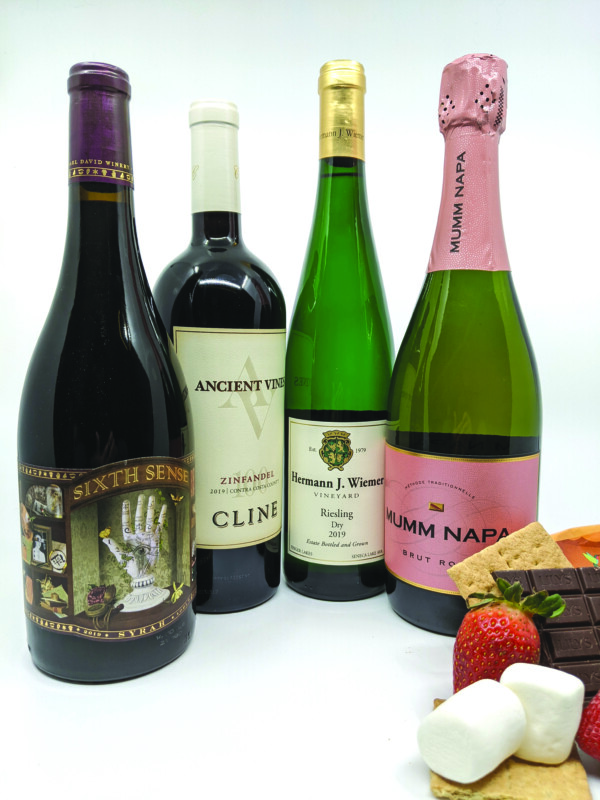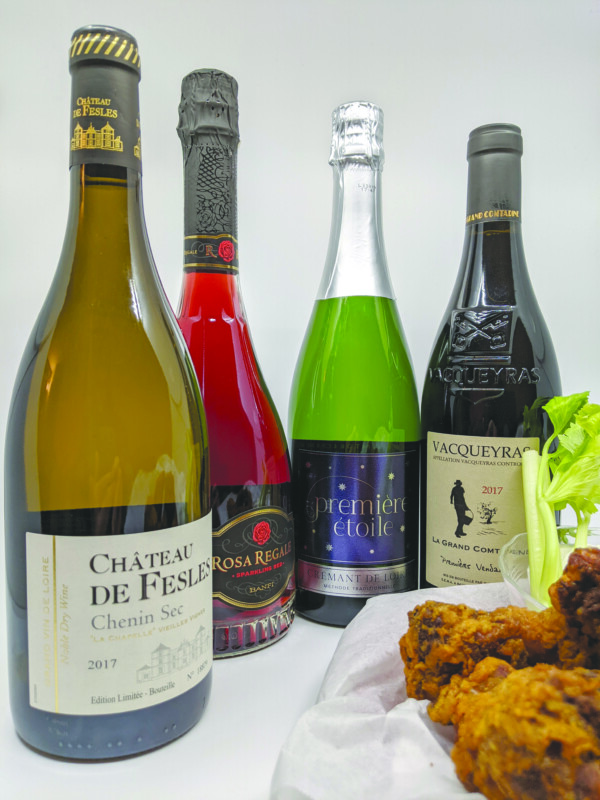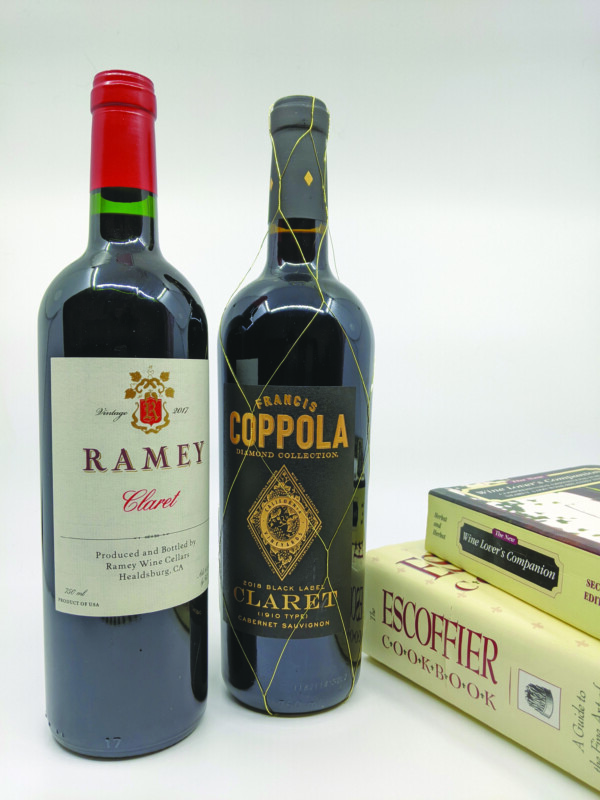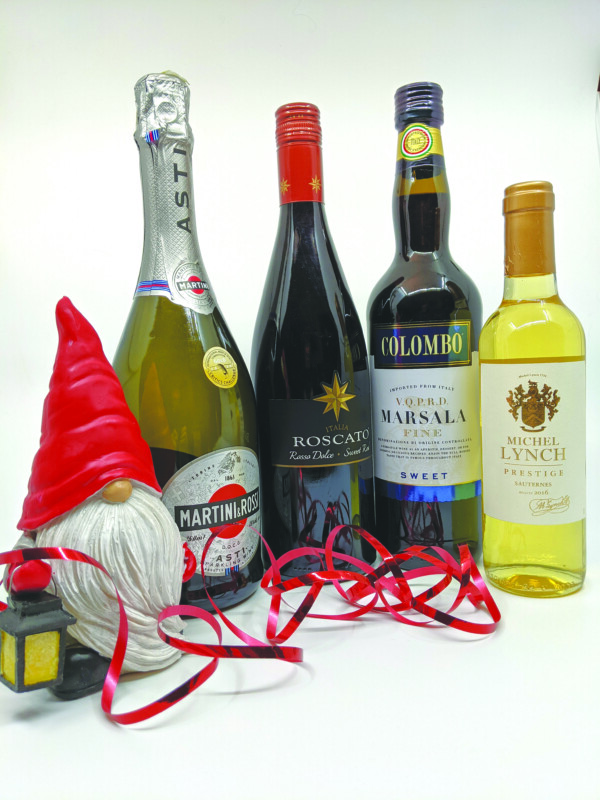Fancy up the traditional dessert
In the fall of 2020 I wrote a column about port wine varieties and their pairings with s’mores. The article spoke to evenings, gathered around the campfire, savoring fine port wines and how they can pair to the welcoming warmth of both the fire and the gooey s’mores.
It is winter and the crisp air and snow are to be enjoyed. So get out and strap on those touring skis or snowshoes. Break out those skates and take a spin on the pond. After your “walk in the woods,” gather around a warm fire and break out the s’mores. But this time try a different spin on the s’mores. Ramp up with a few changes to the mainstay of graham crackers and marshmallow and pair those new s’mores to different wines.
For the traditionalist who likes their s’mores the way they have always had them, I offer the 2019 Sixth Sense Syrah, by Michael David (available at the New Hampshire Liquor & Wine Outlets at $17.99). This wine hails from their Lodi, California, winery and vineyards planted in 1982. With a color of dark violet and nose of black cherry, plum and espresso, it is a perfect complement to the toast of the brown, melted marshmallow. Flavors of ripe raspberry and licorice, along with a bit of spice, carry through to the finish, pairing nicely with the dark chocolate in the s’mores. This is a real treat for the child that still remains in our adult bodies.
Time for a change-up? Add a little chocolate-covered bacon to the marshmallow, and you get that salty smokiness we all love. What to pair with this combo? The 2019 Cline Cellars Ancient Vines Zinfandel (available at the New Hampshire Liquor & Wine Outlets at $17.99) brings the fruit-forward experience of the wine to the fore. With notes of strawberry, along with coffee and chocolate, there is a full mouth feel to the experience. The wine was aged on new and used oak, which brings notes of leather and vanilla to the mix. Coming from ancient vines planted in Contra Costa County, east of San Francisco Bay, this wine can be enjoyed now or in future outings for another five years.
Looking to resurrect that child wonderment still within you? How about baking a batch of snickerdoodle cookies and replacing those store-bought graham crackers with the cookies in your s’more? Any of your favorite homemade cookies will do, sugar or chocolate chip, but the cinnamon in the snickerdoodles complements the fruit in the riesling I suggest here. The 2019 Hermann J. Wiemer Vineyard Dry Riesling (available at the New Hampshire Liquor & Wine Outlets at $17.99) is a perfect match! Estate bottled, from grapes grown on the west bank of Seneca Lake, New York, it is true to an old-world Riesling. With a 300-year family history of winemaking in the Mosel region of Germany, Hermann Wiemer came to New York in the 1960’s and found the cool climate and gravel soils of the western shore of Seneca Lake to be like that of the Mosel Valley. The layers of citric and other tropical fruit, along with a slight minerality, complements the sugar and cinnamon of the snickerdoodles.
In celebration of Valentine’s Day, a romantic, snowy afternoon outing must end at a fire pit with s’mores made with chocolate-covered strawberries, paired with a sparkling rosé wine. Mumm Napa Méthode Traditionnelle Brut Rosé (available at the New Hampshire Liquor & Wine Outlets at $22.99) is the perfect complement to those lush strawberries. It has a beautiful pink color with rich fruit flavors that culminate in an elegant finish. A blend of 80 percent pinot noir and 20 percent chardonnay, it has aromas of black cherries, raspberries, along with citrus. It has a delightful full mouth feel as it bubbles over your tongue. As the label states, this sparkling wine is produced the same way as classic Champagne, that is with a double fermentation, and with a minimum of 18 months of yeast aging.
So release that inner youthfulness and play in the snow and on the ice. And after that, kick back over some adult-themed s’mores, made all the more interesting by changing up the recipes and pairing those new discoveries to different wines.
Featured photo: Courtesy photo.






